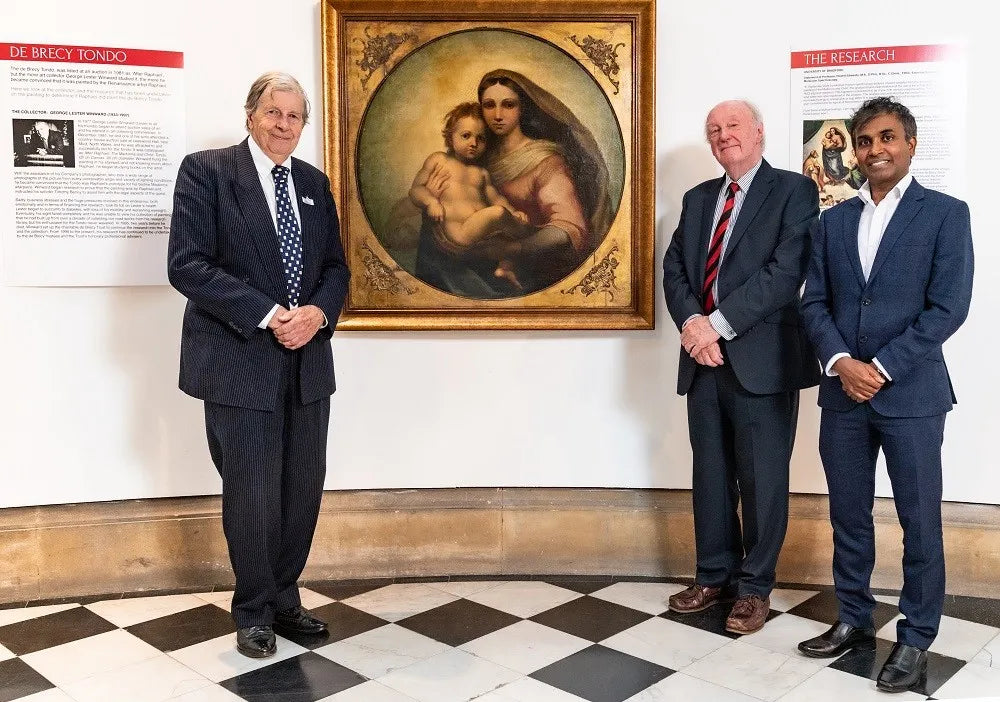
Artificial Intelligence attributes a painting to Raphael. Humans deny it
Alessandro TrizioShare
When scientists claimed to have used artificial intelligence to determine that Raphael had indeed painted a work whose attribution had long been disputed, they received glowing praise in publications around the world.
But now a more complicated picture of the situation has emerged , with some experts questioning the accuracy of the attribution. The attribution study suggested a completely different result than the one used to certify Raphael's attribution, and two experts told the Guardian that the AI had a high probability of being wrong.
There are many uncertainties about the painting, titled Tondo de Brécy , including the date of its creation. Some historians believe that the work is a copy made in the Victorian era, more than three centuries after Raphael's death. Others have recently argued that it dates back to the Renaissance period.

Then there is the fact that its composition closely resembles a part of a much more famous painting whose attribution to Raphael is certain: the Sistine Madonna (circa 1513), preserved in the Gemäldegalerie Alte Meister in Dresden, Germany. The Tondo de Brécy features a similar-looking Madonna holding her child in her arms, without the angels below her and the other two figures at her side.
Researchers from Nottingham and Bradford said that by having artificial intelligence study the Sistine Madonna, they were able to determine a 97% similarity between her female figure and that of de Brécy's Tondo, and an 86% similarity between the children in the two paintings. For this reason, the researchers wrote, it is “ highly likely that the two paintings were created by the same artist .”
After their findings were made public in January, the work was exhibited publicly for the first time last July at the Cartwright Hall Art Gallery in Bradford , England, not far from the university where the research was conducted about the work.
The Cartwright Hall Art Gallery stated that " AI-assisted computer-based facial recognition has shown that the faces in the paintings are IDENTICAL to those in Raphael's famous altarpiece ." Yet Carina Popovici, a scientist working with the Swiss company Art Recognition, has now said the opposite.
In an interview with the Guardian he explained that based on algorithmic research, there was an 85% probability that de Brécy's Tondo had not been written by Raphael.
On the AI attribution of the de Brécy Tondo, Timothy Clifford, who was once director general of the National Galleries of Scotland, said that the AI's recognition was " unlikely to be accurate " on the attribution of the de Brécy Tondo . " I firmly believe that mechanical means of recognizing paintings by great artists are incredibly dangerous ."
The attribution therefore, where previously it had found certainty, now returns to the limbo of the opposing theses of human experts.
